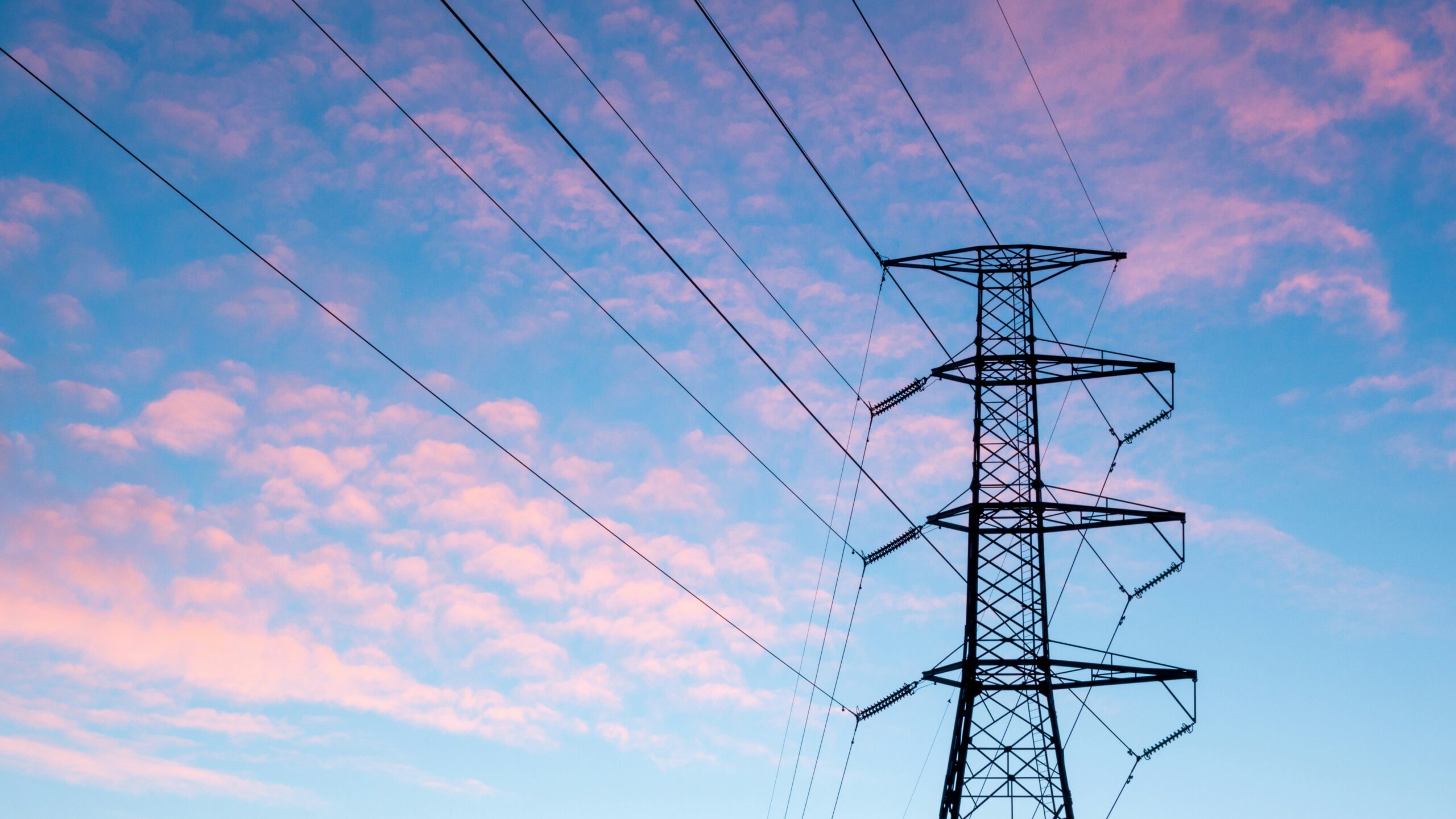All known matter is made of atoms.1 Atoms are composed of protons, neutrons, and electrons. Protons and neutrons form the nucleus, or center, of atoms, and the electrons spin around the nucleus. Protons have a positive charge and thus attract electrons, which have a negative charge. Neutrons are neutral.
Sometimes electrons pass from one atom to another. This movement of electrons is known as electricity. Some substances, such as copper, hold their electrons loosely and are thus good at conducting electricity; they are known as conductors. Other substances, such as rubber and plastic, hold their electrons tightly and will not conduct electricity. These substances are known as insulators.
Electricity can be harnessed to perform all sorts of work for us. A source of electricity, such as a battery, is connected by conducting wires (covered in insulation for our protection) to a device such as a light bulb. Substances in the battery react with each other to generate an electrical current which passes from the negative side of the battery, through the wires, to the lightbulb, thereby lighting it up, through the rest of the wires, to the positive side of the battery. This uninterrupted connection is called a complete circuit, and it is established when we turn a switch on. When we turn the switch off, the circuit is interrupted, the electrons cease to flow, and the lightbulb turns off.
Another way to generate electrical current involves magnets. Electricity and magnetism are deeply connected, “like two sides of the same coin.”2 When magnets are spun around each other, they create a flow of electrons that can push electrons through conducting wires in an electrical circuit. That is how most power plants work: some sort of fuel is burned to release energy, power a motor, spin magnets, and to generate electrical current.
Grace is like the flow of electrons passing to us in the Person of God the Holy Spirit.
We have considered how the Blessed Trinity is like a magnet. In this parable, we can say that the Blessed Trinity is like magnets in motion, generating infinitely powerful magnetic, and therefore electric, force. God is the source of all life, all matter, all energy—all creation. He is ipsum esse, being itself, the ultimate renewable, inexhaustible energy. He caused everything to come into existence out of sheer love and invites us to share in his life to live in an uninterrupted circuit of love connected to him.
When Adam and Eve sinned, they lost their connection to God’s electrical life, and God’s holiness became something dangerous for us. Humans were driven from the Garden of Eden for their own safety. Many times in the Old Testament, people are warned not to come too close to God’s presence because we can no longer tolerate such holiness. An example of what could go wrong is found in 2 Samuel 6:6-7, when Uzzah died after touching the Ark of the Lord. We could say that he was “electrocuted” by God’s holiness.
As long as we were in a state of sin, we had to be wrapped in spiritual insulation for our own safety, but we were also deprived of true communion with the Lord. God therefore sent his only begotten Son like a divine electrician to reconnect us.
The first step was to run the power line one way, from God to man, in the Incarnation. The Blessed Mother’s wholehearted cooperation was essential. We could say that Mary is like a superconductor, a material that offers no resistance to the flow of electrons.
Next, in his Passion, Death, and Resurrection, Jesus punctured through our insulation and connected fallen humanity once more to the source of all true power, God. Thanks to Jesus’ sacrifice, it was once again safe for humanity to approach God, so the insulating curtain over the Holy of Holies in the temple was torn apart (Luke 23:45).
Jesus then completed the circuit in the other direction in his Ascension, bringing human nature into the very heart of the Blessed Trinity. Finally, at Pentecost, God “flipped the switch” and sent the Holy Spirit coursing through the newly established power lines, making grace readily available to the world through Christ’s Body, the Church: “to all who received him, who believed in his name, he gave power to become children of God” (John 1:12, emphasis added).
Grace is the name we give to God’s life in our souls. Grace is like the flow of electrons passing to us in the Person of God the Holy Spirit.

This process is re-presented to us in every Mass. The Holy Spirit descends at the invocation of the priest in the gesture of Epiclesis. The Spirit transforms the bread and wine into the living, resurrected Body of Christ. The priest then offers the Eucharist back up, like the Ascension. Finally, the gifts are distributed horizontally as God’s life is shared with others out of the heart of the Church. As warmth and static electricity can pass through our hands when we touch each other, the gifts of God pass from the hands of the priest (brought down in the gesture of Epiclesis and back up in the gesture of Offering) to each of us and are distributed horizontally with our hands in the sign of peace and in Holy Communion.
When electricity runs from a power plant through the wires we see on the poles, it goes at a very high voltage to be able to cross great distances. Before it can be safely used in our homes and businesses, it must first pass through transformers that adjust the voltage. In a similar way, God’s powerful, high-voltage grace is tailored to each person and situation through the sacraments of the Church.
Once we have been reconnected to the divine electrical grid through Baptism, we must consciously cooperate with the laws that govern the system. Bishop Barron refers to this life as the “circle of grace”: “The true God can be ‘had’ only when one disposes oneself to receive the divine life as a grace and to give that life away in turn as a gift. Grace is ‘possessed’ only in the measure that it is received and offered and never held on to.”3 Proverbs 11:24 puts it this way: “One gives freely, yet grows all the richer; another withholds what he should give, and only suffers want.” Each part of the circuit must continue to pass on the electrons received, or the circuit will be interrupted and no longer able to flow. And of course, we must stay connected to the divine circuit or we will perish spiritually: “Apart from me, you can do nothing” (John 15:5).
Corrie Ten Boom had a vivid personal encounter with this law of grace when she asked God’s help to forgive a former prison guard who had mistreated her and her sister in the concentration camp:
As I took his hand the most incredible thing happened. From my shoulder along my arm and through my hand, a current seemed to pass from me to him, while into my heart sprang a love for this stranger that almost overwhelmed me.
And so I discovered that it is not on our forgiveness any more than on our goodness that the world’s healing hinges, but on His. When He tells us to love our enemies, He gives, along with the command, the love itself.
When we receive God’s grace like a flow of electrons and pass it on freely to our neighbors, we help to unite all of creation in the beautiful flow of going out from God and returning to Him—exitus and reditus—the divine electrical circuit of love.
1 Scientists are just beginning to learn about “dark matter,” which is apparently quite different from known matter.
2 Chris Woodford and Steve Parker, Science: A Visual Encyclopedia (New York: DK Publishing, 2014), p. 184.
3 Bishop Robert Barron, “The Prodigal Son,” in The Word on Fire Bible: The Gospels (Park Ridge, IL: Word on Fire, 2020), p. 394.
